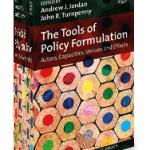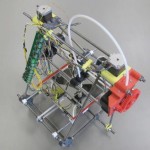 From Tech Today
From Tech Today
Professor Barry Solomon (Social Sciences) published an updated version of his paper, Energy Resources and Use. In Warf, B., ed. Oxford Bibliographies: Geography (New York: Oxford University Press). It is available at: http://www.oxfordbibliographies.com/view/document/obo-9780199874002/obo-9780199874002-0021.xml?rskey=vNQy2z&result=16&q=







